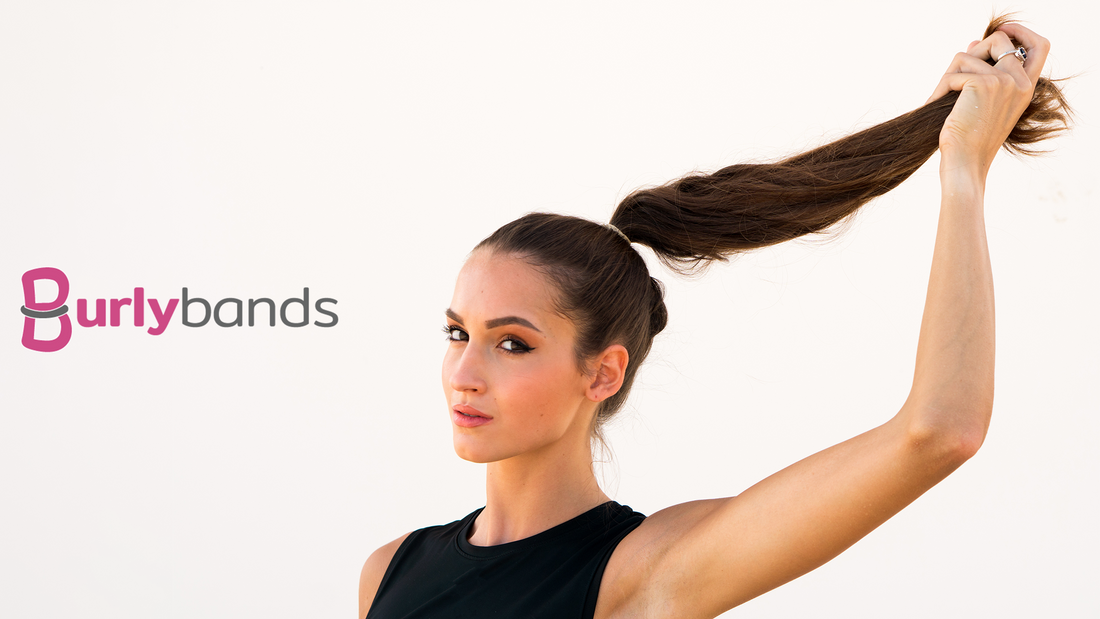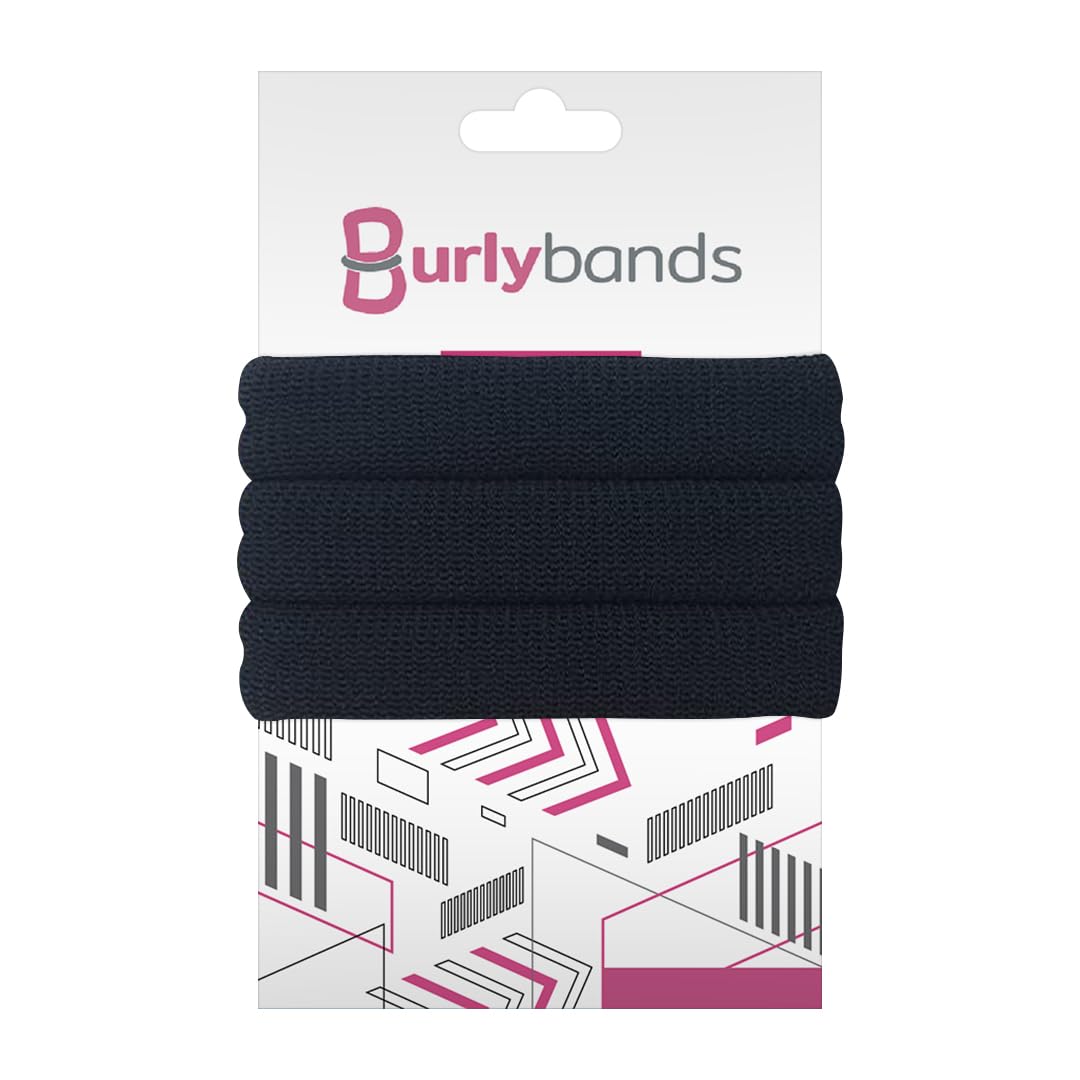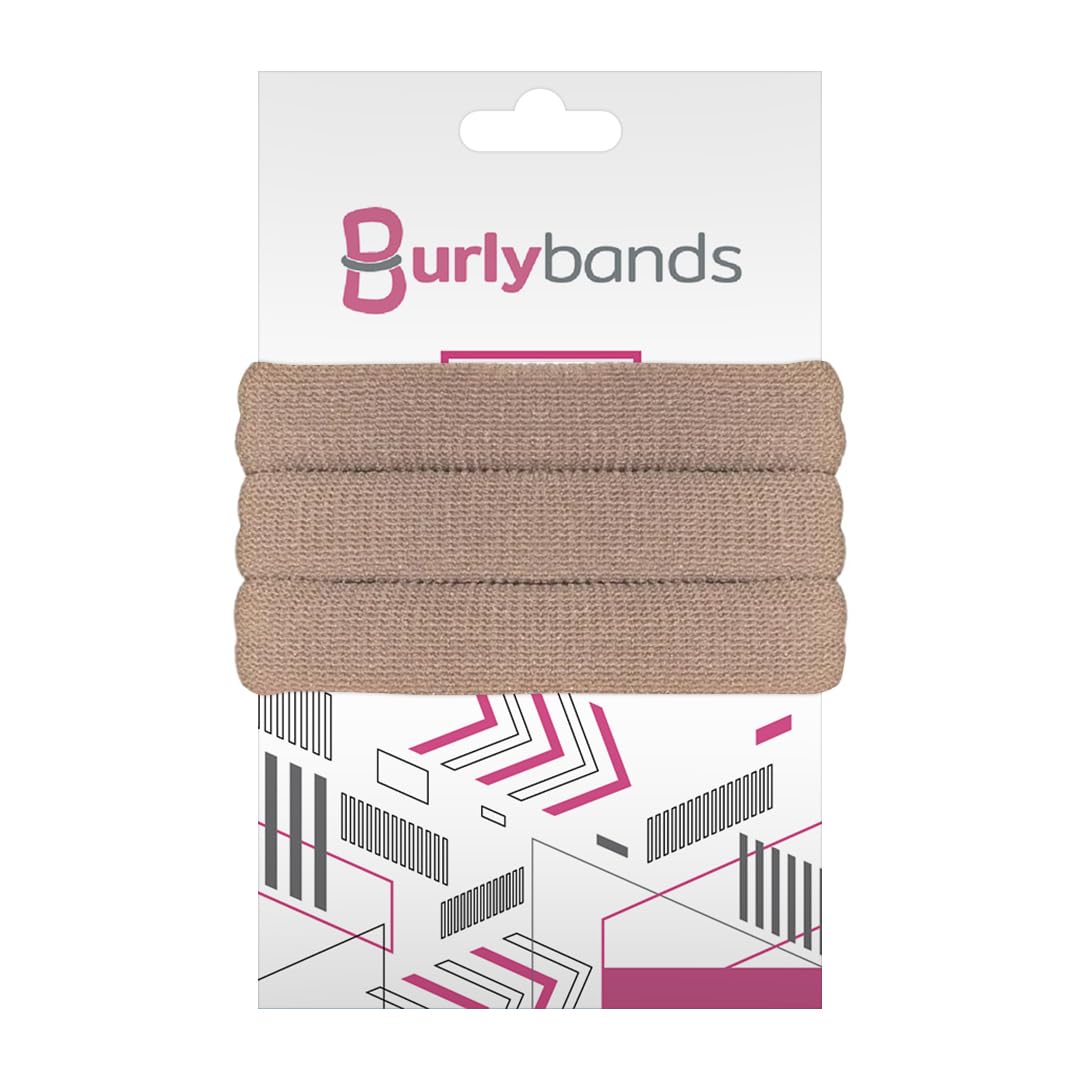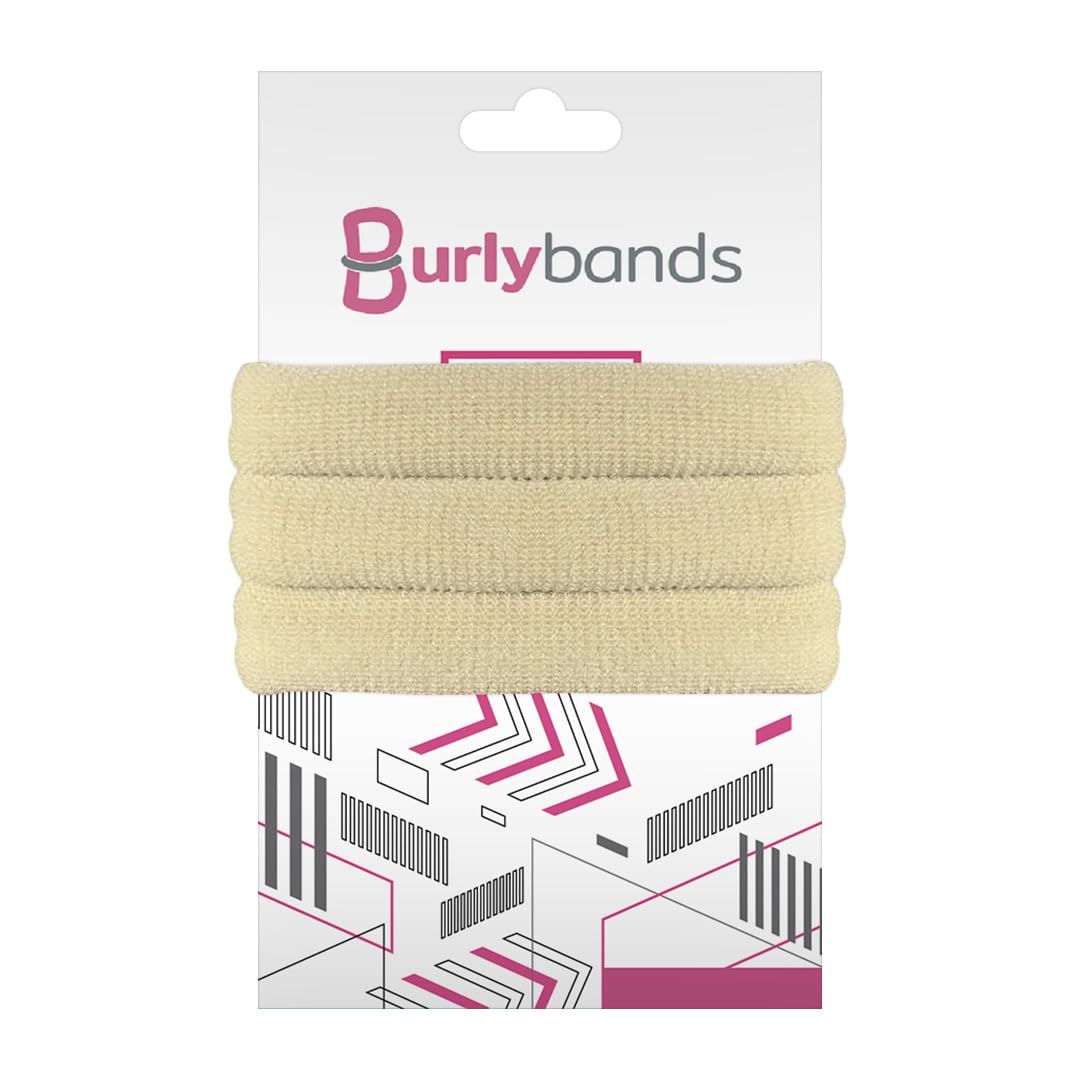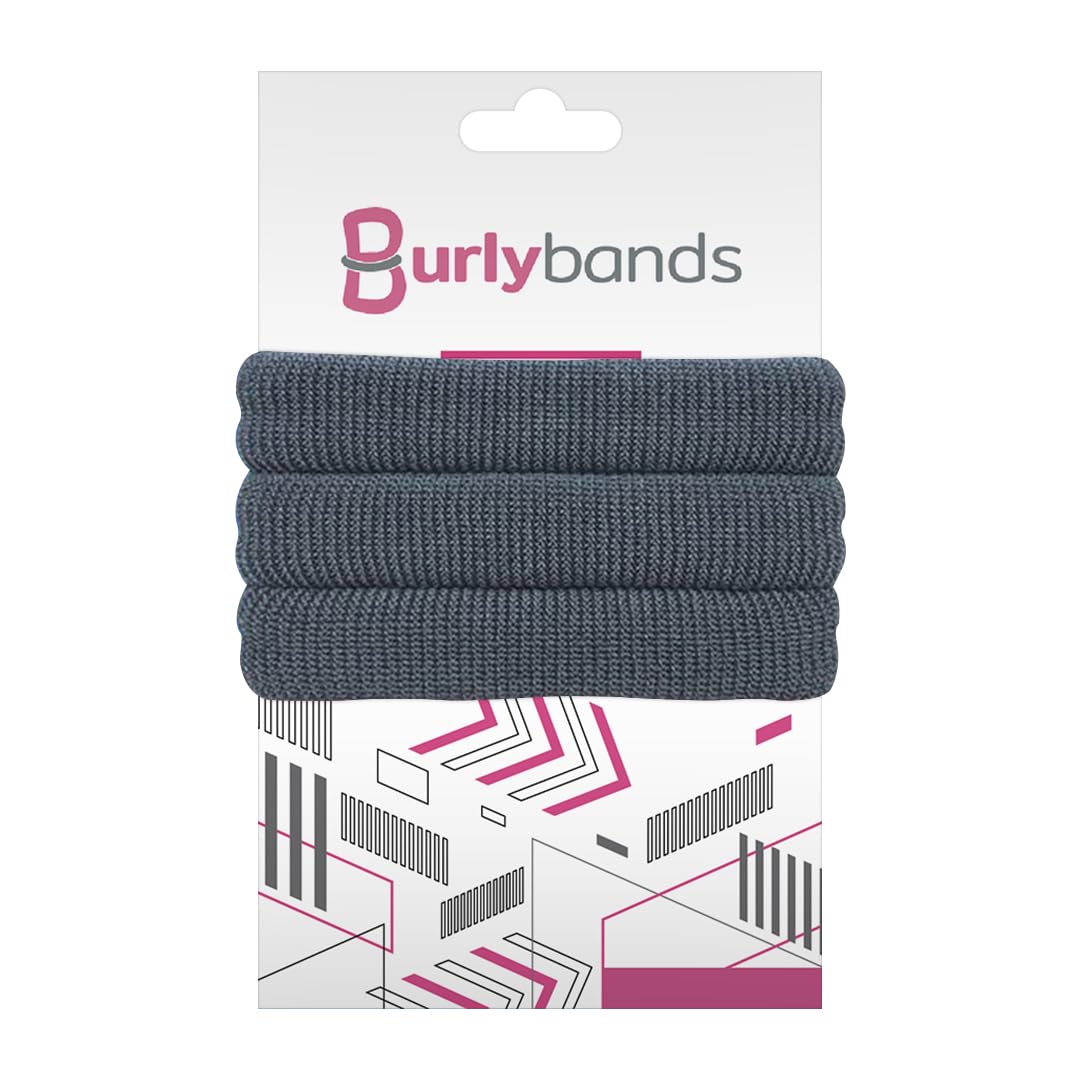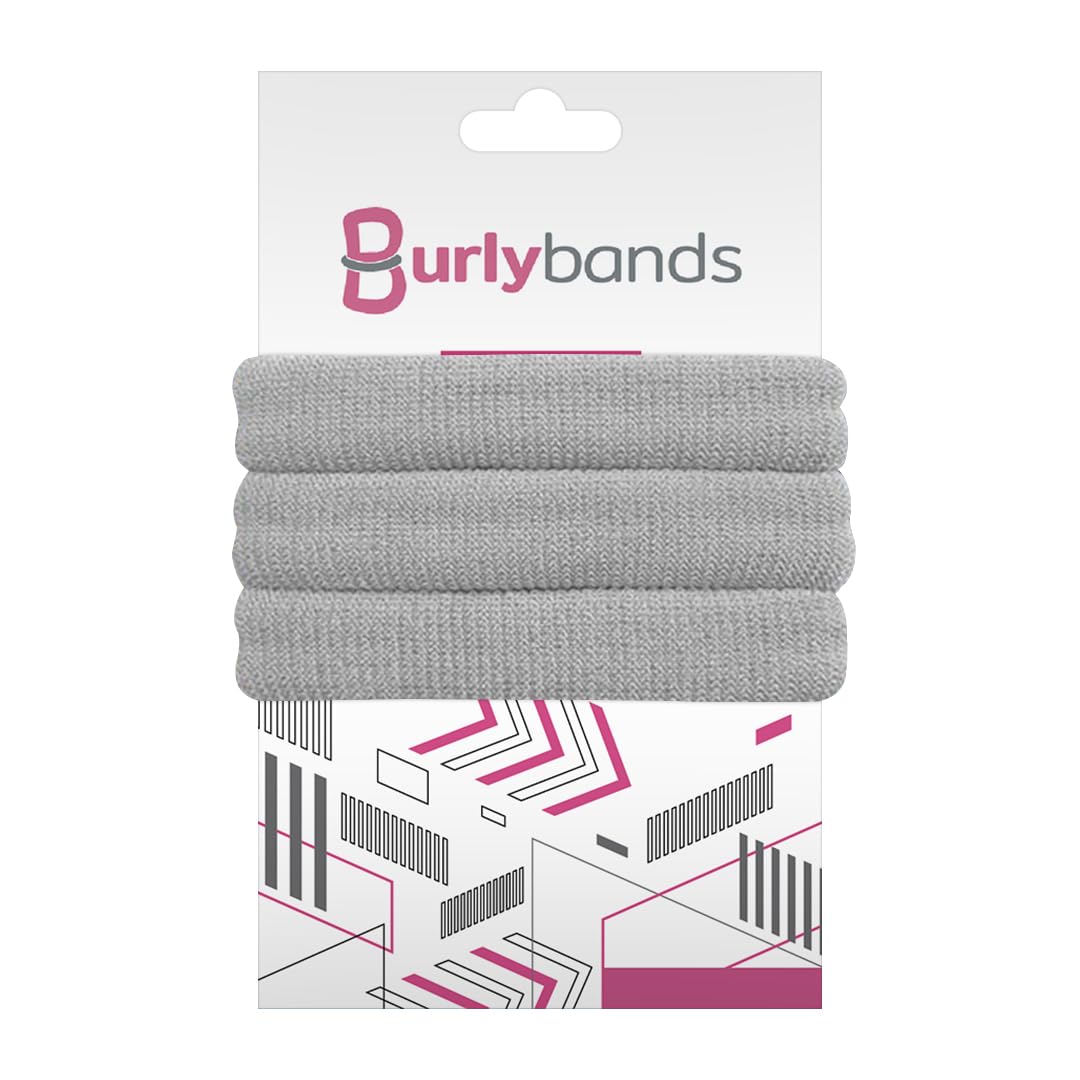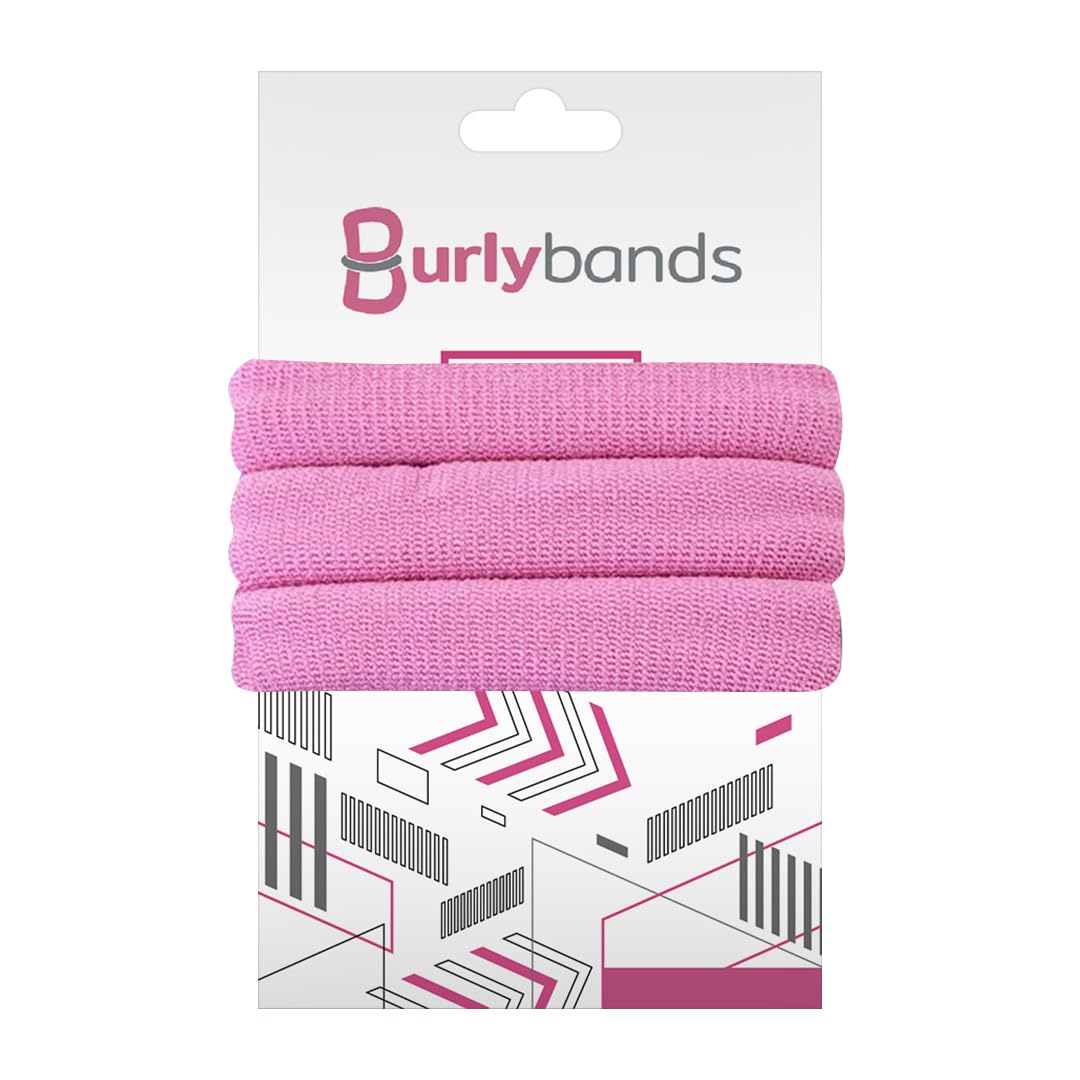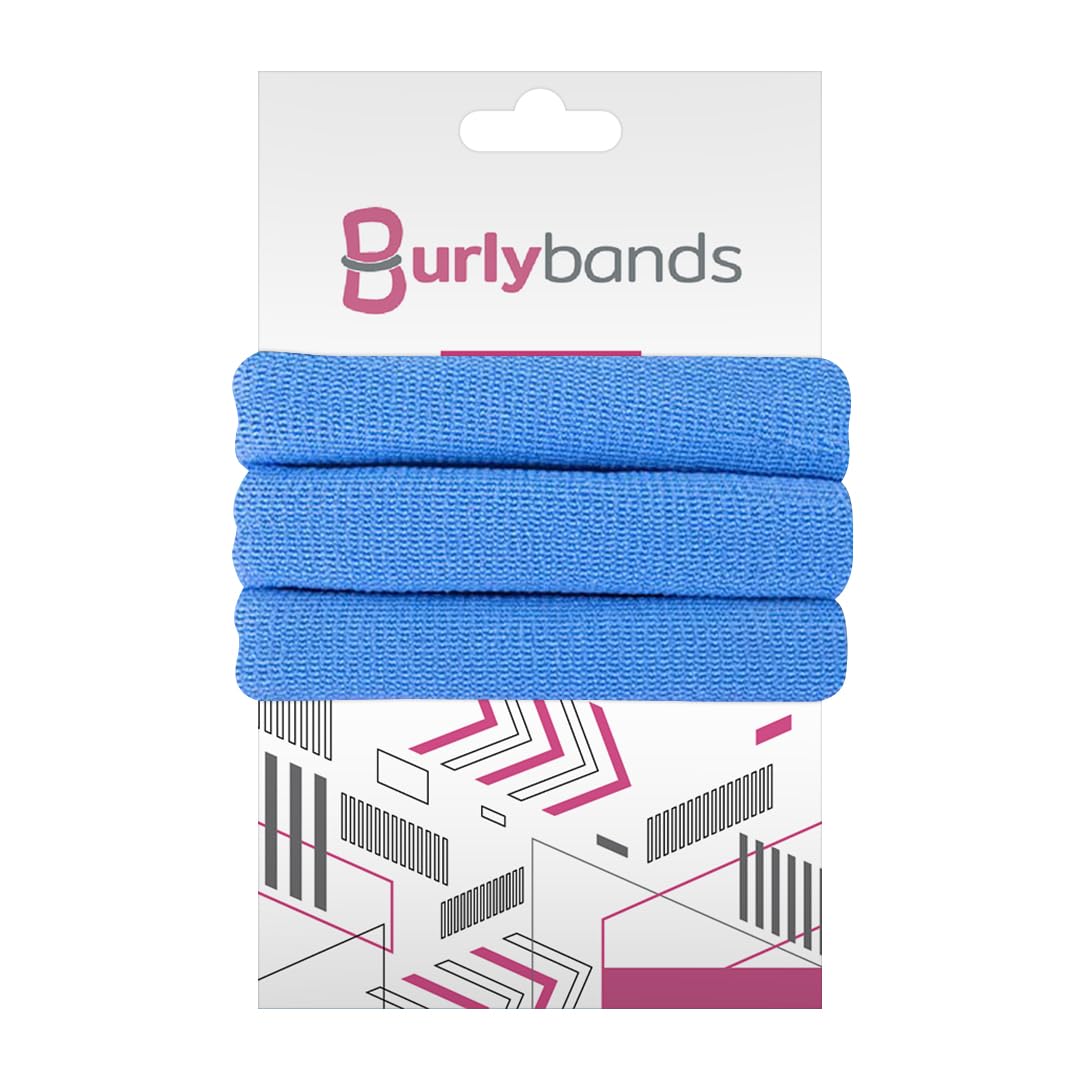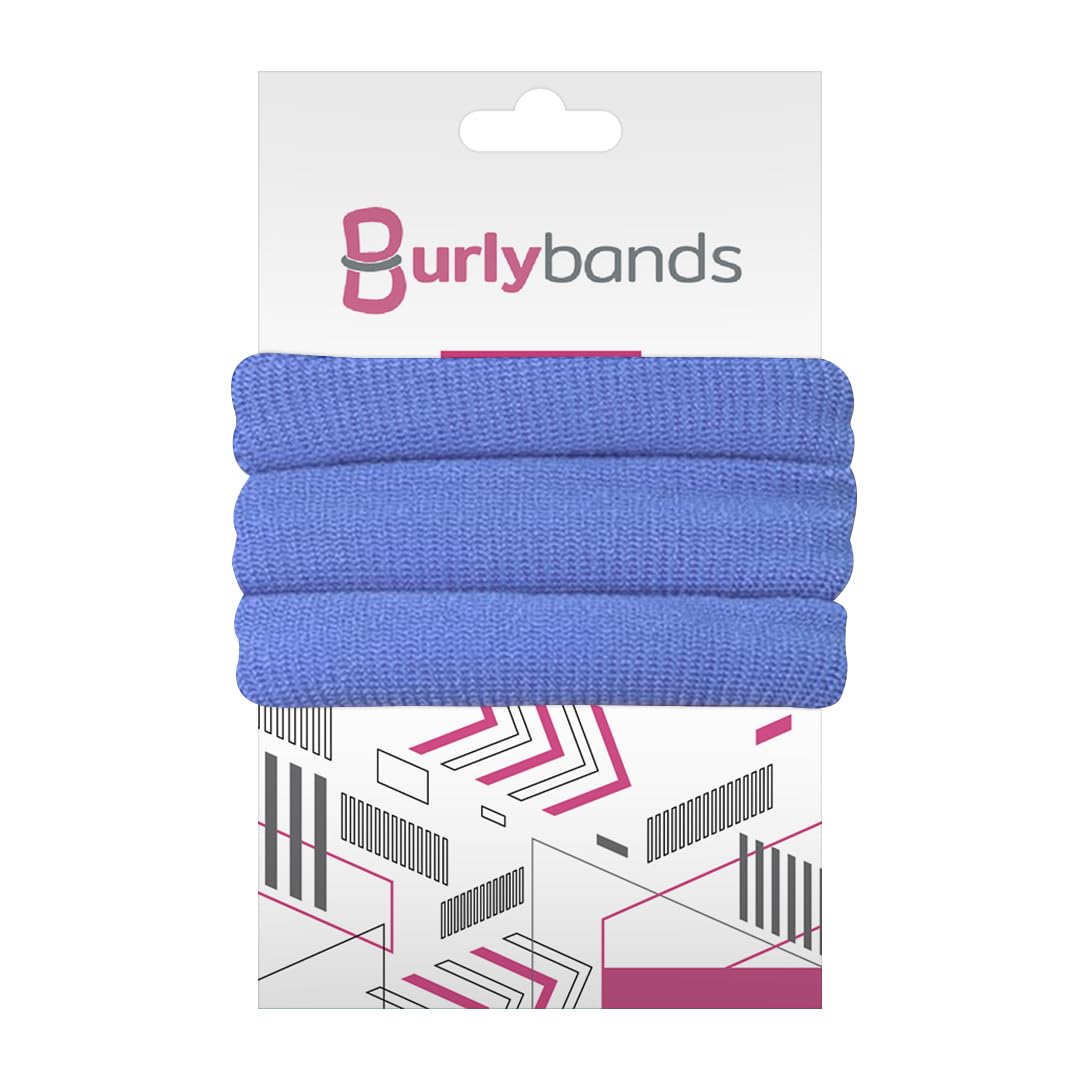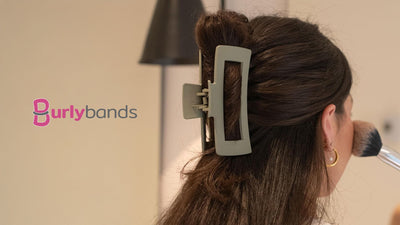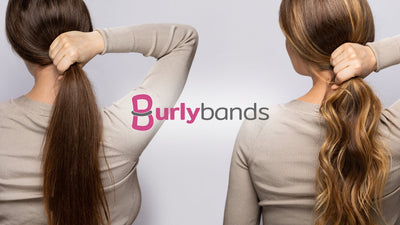The ponytail is a timeless hairstyle that has proven to be both practical and fashionable. Whether you are heading to the gym, the office, or a formal event, a well-executed ponytail can make you look effortlessly chic. However, achieving the perfect ponytail requires mastering the use of hair ties and understanding how many times to wrap them for your specific hair type and length.
In this in-depth guide, we will explore the factors that determine how many times you should wrap a hair tie and the different types of hair ties available. We will also provide some expert tips on how to maintain the health of your hair when using hair ties. Let's get started.
Factors Determining the Number of Times You Should Wrap a Hair Tie

Credit: Envato Elements/ nutthasethw
There is no universal answer to the question of how many times you should wrap a hair tie to achieve the perfect ponytail, as it relies on various factors that are unique to each individual. Let's explore some of the primary considerations to keep in mind:
1) Hair Type
Different hair types have varying levels of thickness and texture, which influence how many times you should wrap a hair tie or hair band. For instance, fine hair may require fewer wraps, as it tends to be lighter and less voluminous. On the other hand, thick, curly, or coily hair might require more wraps, as these hair types have more volume and weight.
2) Hair Length
The length of your hair is another factor that plays a role in determining the number of wraps needed to secure it effectively in a ponytail. If you have long hair, which has more mass, you will generally require more wraps to hold it in place. On the other hand, if you have short hair with less mass, you can usually hold it securely with fewer wraps. If you have medium-length hair, the number of wraps required may vary depending on the specific type of ponytail you want to create.
3) Hair Tie Material
Hair ties or hair bands are available in various materials such as elastic, fabric, and silicone-based ties, each offering different levels of grip and elasticity. For instance, silicone-based ties provide a tighter grip on your hair, which means that you may require fewer wraps to hold your ponytail in place. On the other hand, fabric ties may be gentler on your hair, but they may require more wraps to ensure a secure hold.
4) Type of Ponytail
The number of wraps needed to secure your hair in a ponytail is also influenced by the specific type of ponytail you are trying to create. For instance, a high and tight ponytail may require more wraps to hold it firmly in place and maintain its height and tension throughout the day. In contrast, a loose, low ponytail may require fewer wraps to achieve a more relaxed and casual look. Moreover, more intricate ponytail hairstyles that involve braids or multiple ponytails may need adjustments in the number of wraps to ensure proper support and hold.
5) Type of Hair Tie
Lastly, the type of hair band you choose can also impact the number of times you need to wrap your hair when tying a ponytail. For instance, some hair bands, like scrunchies, have a wider circumference that may require you to wrap your hair multiple times to secure your ponytail. Alternatively, other hair bands, like elastic bands, may only require you to wrap your hair one or two times to achieve a secure hold.
Types of Hair Ties

Credit: Envato Elements/ leungchopan
There is a wide variety of hair ties available in the market, each with its unique features that affect how many times you should wrap them around your hair. Here are some popular types:
1) Elastic Bands
Elastic hair bands are the most common and versatile type of hair tie. They come in a wide range of colors, sizes, and thicknesses, making them suitable for various hair types and styles. These bands offer a strong grip and can hold hairstyles in place for extended periods. However, they can cause hair breakage, split ends, or damage if used incorrectly or pulled too tight. To minimize the risk of damage, it's essential to use the appropriate size and thickness for your hair type and avoid overstretching the band.
2) Fabric-Covered Hair Ties
Fabric-covered hair ties feature an elastic core covered in a soft fabric, which helps reduce friction between the tie and your hair. Like elastic bands, these hair ties come in various styles, patterns, and materials, such as satin, velvet, or cotton. They provide a gentle, secure grip on the hair, making them suitable for everyday use or more delicate hairstyles. Some fabric-covered hair ties also include decorative elements, such as bows or charms, adding a fashionable touch to your look.
3) Spiral Hair Ties
Spiral hair ties, also known as coil or telephone cord hair ties, are made from flexible plastic and have a distinctive spiral shape. Their design helps distribute pressure evenly around the hair, reducing the chances of hair breakage, tangling, and creasing. These hair ties offer a secure hold with minimal damage, as they don't tug on the hair or leave a noticeable crease even after prolonged use. They are particularly useful for individuals with fine or fragile hair, as well as for those who want to maintain their hairstyles during workouts or other physical activities.
4) Scrunchies
Scrunchies are a popular and fashionable accessory that combines the functionality of a hair band with the aesthetic appeal of fabric. These fabric-covered elastic bands feature a loose, ruffled appearance and provide a gentle hold that is less likely to cause hair breakage or damage. They come in various materials, colors, and patterns, making them a versatile and stylish choice for different occasions. Their popularity has surged in recent years, with many people embracing the retro aesthetic and using scrunchies as statement pieces in their hairstyles.
5) No-Crease Hair Ties
No-crease hair ties are specifically designed to minimize hair creasing and damage while providing a secure hold. These hair ties are made from flat, stretchy bands crafted from soft, gentle materials, such as nylon or a blend of synthetic fibers. Their design allows them to maintain tension without causing too much pressure on the hair shaft, reducing the chances of breakage or hair indentations. These hair ties are an excellent option for individuals who want to maintain the smoothness and integrity of their hair while still enjoying the convenience of a hair band. They are particularly suitable for people who need to transition between hairstyles throughout the day without leaving any marks or creases.
How Many Times Should You Wrap Your Hair Tie for Your Hair Type and Length?

Credit: Envato Elements/ astrakanimages
Now that you understand the factors that influence the number of hair band wraps and the various hair band options available, here's a breakdown of the number of times you should wrap your hair ties according to your hair length and hair type in order to achieve the perfect ponytail:
1) Fine Hair
For fine hair, you may need to wrap your hair band two to three times. To prevent damage, it's advisable to use fabric-covered hair ties or scrunchies that offer a gentle hold. It's important not to wrap the hair tie too tightly as fine hair is more delicate and prone to breakage.
2) Thick Hair
If you have thick hair, you may need to wrap your hair band three to four times, or even more, depending on the size and material of the hair tie. To secure your ponytail, it's recommended to use elastic bands or spiral hair ties that provide a strong hold. However, it's crucial to avoid pulling the hair too tightly, as it can lead to stress and damage to the hair shaft.
3) Curly Hair
Curly hair can be more challenging to manage due to its unique texture. You may need to wrap your hair band three to four times, depending on the thickness of your curls. Spiral hair ties or scrunchies are excellent choices for curly hair, as they minimize the risk of hair damage and tangling. They also help maintain the shape of your curls without causing unnecessary tension.
4) Short or Medium-Length hair
If you have short or medium-length hair, wrapping your hair band two times is often sufficient. When selecting a hair band, it's important to choose one that provides a secure grip without being overly tight, as short or medium-length hair may slip out of a loose hair band. No-crease hair ties or elastic bands are ideal for this hair length, as they provide a firm hold while minimizing the risk of damage or creasing.
5) Long Hair
Long hair generally requires more wraps due to its length and weight. Depending on the thickness of your hair and the type of ponytail you want to create, you may need to wrap your hair band three to five times. To avoid damage and achieve a secure hold, it's recommended to use fabric-covered hair ties, spiral hair ties, or scrunchies. These hair ties distribute pressure more evenly along the hair shaft, reducing the risk of breakage and ensuring that your ponytail stays in place throughout the day.
Expert Tips for Using Hair Ties

Credit: Envato Elements/ YuriArcursPeopleIma
Now that you are aware of the number of times you need to wrap a hair tie in order to achieve the perfect ponytail, here are some expert tips to help you do it effectively and safely:
1) Avoid Wrapping Too Tightly
To prevent unnecessary stress on your hair, it's important to make sure that your hair tie is secure but not overly tight. Tight hair ties can lead to damage, breakage, and even hair loss over time. It's best to find a balance between a secure hold and a comfortable fit that doesn't pull or strain your hair. If you experience too much pressure on your locks, consider using bobby pins and clips to keep your hair in place.
2) Switch Up Your Hairstyle
Wearing the same ponytail style every day, especially when using hair ties to secure your hair, can cause hair damage and breakage. To reduce strain on specific areas of your hair, it's recommended to alternate between different ponytail styles and hair tie placements. You can experiment with various styles, such as high ponytails, low ponytails, ponytails with braids, and multiple ponytails, to distribute the pressure from the hair tie and give your hair a break.
3) Replace Worn-Out Hair Ties
Hair ties can lose their elasticity and become less effective at holding your hair securely over time. Using stretched-out hair ties can result in your hair slipping out of place or the hair tie breaking unexpectedly. To maintain a secure hold and reduce the risk of hair damage, make sure to replace your hair ties regularly.
4) Remove Hair Ties Gently
When removing a hair tie, it's important to avoid yanking or pulling it out of your hair, as this can lead to breakage and damage. Instead, carefully unwind the hair tie from your ponytail and use your fingers to detangle any knots that may have formed around the tie. If the hair tie is tangled in your ponytail or challenging to remove, you can use a wide-tooth comb or detangling brush to gently loosen the hair.
5) Moisturize and protect your hair
To maintain healthy hair and reduce the risk of breakage when using hair ties, it's essential to moisturize and protect your hair regularly. You can use leave-in conditioners, hair oils, or hair masks to nourish your hair, with a focus on the ends. Additionally, consider using heat protectants on days when you plan to style your hair with heat tools. By maintaining your hair's health, it becomes more resilient and less susceptible to breakage when tied up in a ponytail.
Summary
There is no one-size-fits-all answer to the question of how many times you should wrap a hair tie to achieve the perfect ponytail. It depends on several factors such as hair length, type, and preferred ponytail style, as well as the hair tie material you choose. By understanding these factors and choosing the right hair tie for your hair, you can achieve a secure hold without causing unnecessary damage to your locks.
If you have thick hair, finding the right hair tie can be a struggle. But with Burlybands, you no longer have to worry about flimsy hair ties that won't hold up. Our hair ties are crafted using strong and durable materials that won't break or stretch out, keeping your ponytail secure throughout the day. So whether you plan on hitting the gym or running errands, you can trust Burlybands to keep your thick hair in check. Check us out today.
 Log in
Log in

